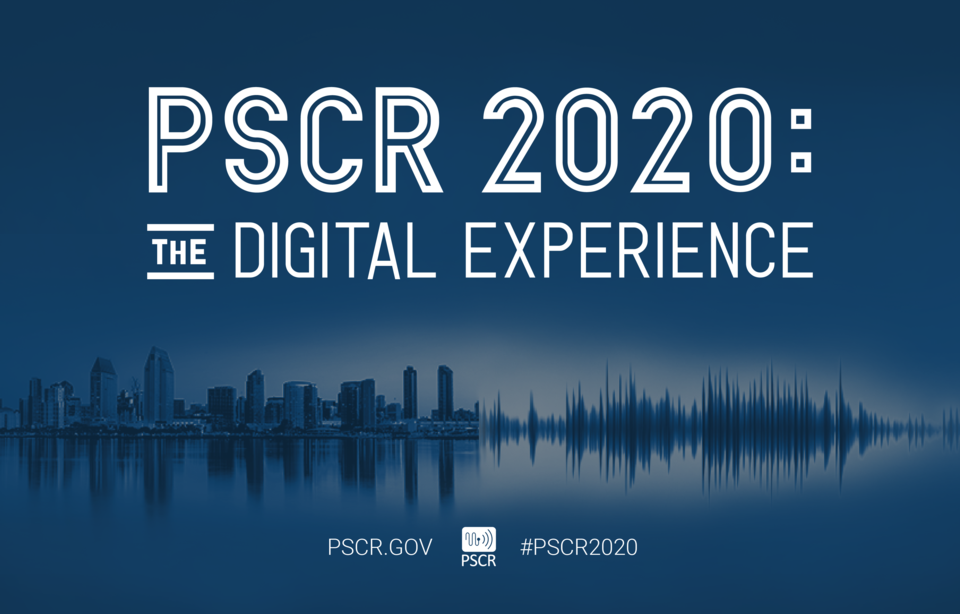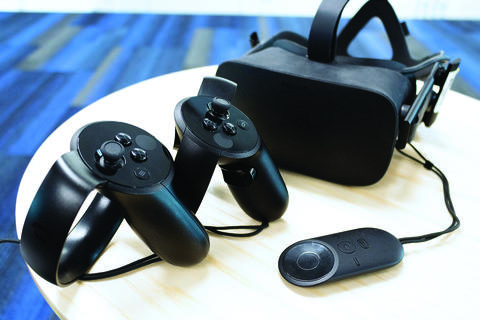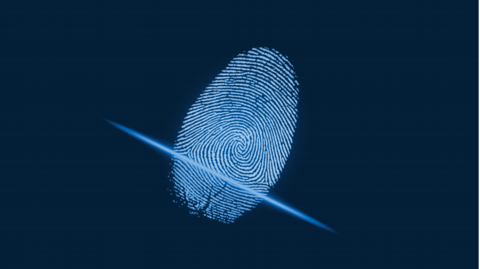
The Public Safety Broadband Stakeholder Meeting is an annual event that connects representatives from public safety, federal agencies, industry, and academia to discuss cutting-edge research and technology developments coming to first responder communications. This year, the same stakeholder meeting content will be brought to you in an all-new, engaging, and accessible virtual format. NIST's Public Safety Communications Research (PSCR) division will share its continuing and new research updates across topics including location-based services, mission-critical voice, security, user interface / user experience, and data analytics. This content will be delivered 100% digitally and free to all participants. For the first time ever, anyone across the globe with a vested interest in public safety communications technology, or in any of the aforementioned technology areas, can join the conversation and have their voices heard. This year's schedule is packed with exciting sessions; continue reading below for a sample of what's to come.
5G Security - Evolution not Revolution

5G, or fifth-generation cellular wireless, is poised to change the way that first responders communicate. The promise of 5G includes faster network speeds, lower latency, and the ability to connect to more smart devices at once. The cellular networks of tomorrow are still in development by 3GPP, and in this session, you will hear from NIST's Jeff Cichonski who will describe the state of 5G standardization, security challenges and opportunities, and an overview of NIST's 5G security activities.
Immersive Firearm / Ballistic Simulation in Virtual Reality

Virtual reality (VR) has proven to be an effective tool in first responder training simulations as it allows users to engage with realistic and immersive public safety scenarios in a safe and repeatable format. In this session, PSCR's VR Developer, Chris Johnson, will present a deep-dive analysis into the considerations and challenges of 1) creating an immersive VR AR-15 patrol rife and 2) accurately simulating its ballistic performance characteristics. Johnson will use NIST PSCR's Haptic Challenge SWAT Scenario as a case study. From this presentation, attendees will gain an understanding of the fundamental ballistics properties of firearms and understand how those properties can be implemented in VR for maximum physical realism.
Identity, Credential, and Access Management (ICAM) - Critical Topic and New NIST Documents

Security, including cybersecurity, is an area that will affect every aspect of public safety communications. Last year, NIST held its first Cybersecurity for Public Safety and First Responders workshop with a focus on identity credential and access management (ICAM) challenges. This year, NIST is following up with new guidance on critical areas like identity federations, identity as a service, and biometric authentication technologies. This session will highlight these documents, and when and where they apply, as well as key recommendations for the public safety community.
Enhancing IoT Situational Awareness & Connecting the First Responder's Environment

The Internet of Things (IoT) refers to the concept of connecting multiple devices to each other and the internet. PSCR and the Department of Homeland Security (DHS) have been working together to evaluate the state of IoT and personal area networks for first responders. Over the course of two on-demand sessions, PSCR's Alison Kahn and Don Harris will show how these systems can integrate beyond body sensors into smart buildings. These presentations will explain how identifying the data needed by a first responder can lead to improved IoT products, and how integration with smart buildings can provide a comprehensive common operating picture for first responders.
The team at PSCR is excited to bring you these high-quality research updates, in addition to live broadcasts from public safety leaders, prize challenge updates from our Open Innovation team, on-demand technology demonstrations, and more during PSCR 2020. The content provided will be completely free to anyone who is interested; the only thing you have to do is sign-up.

